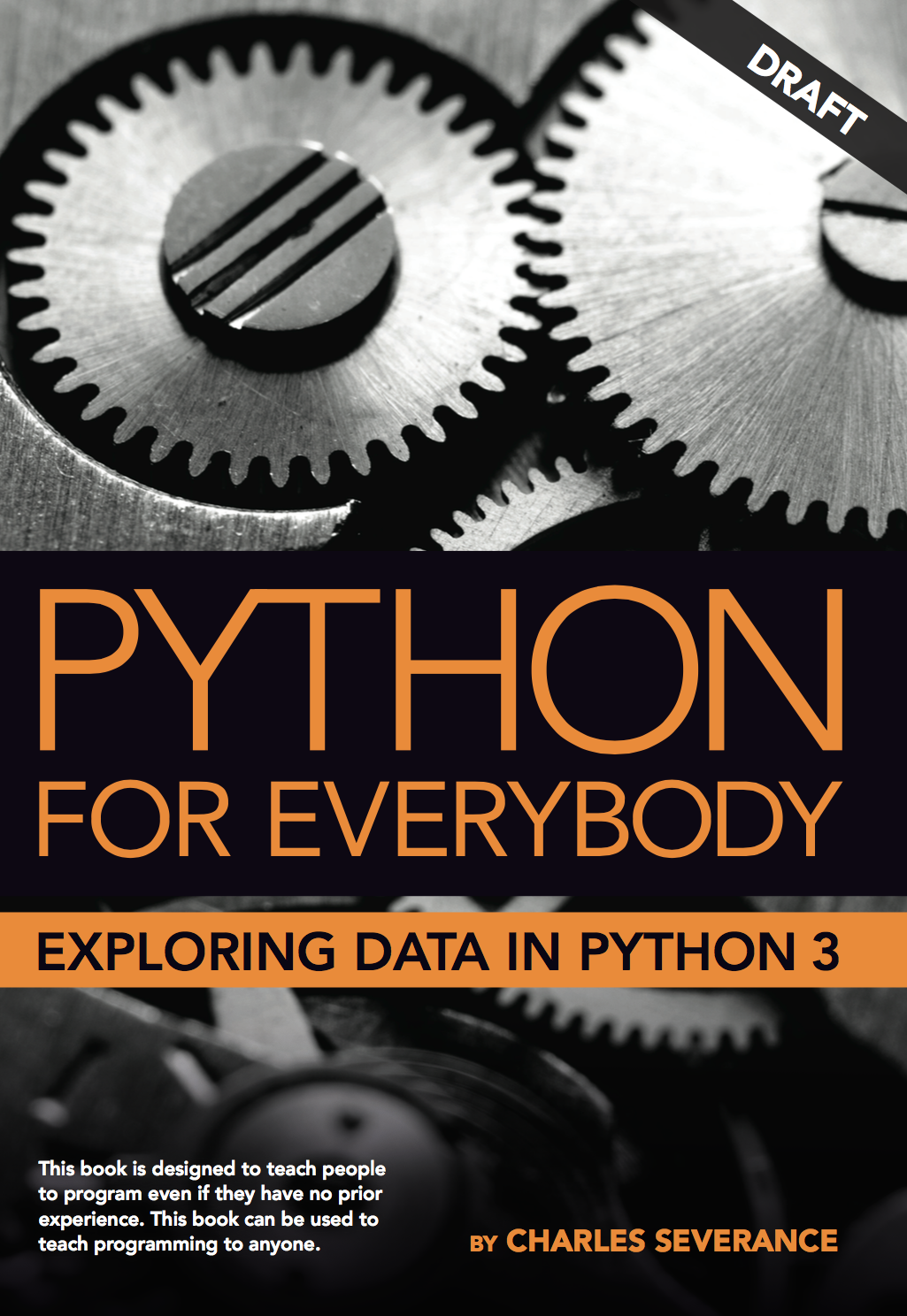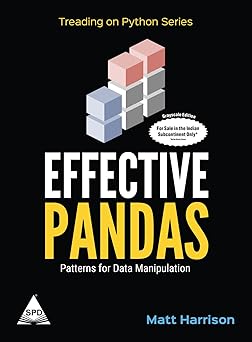Best Books to Learn Python for Data Analysis
Why Python for Data Analysis?
Python is the Swiss Army knife of the data world. It’s versatile, beginner‑friendly, and has a massive ecosystem of libraries like panda, NumPy, matplotlib, and scikit‑learn that make data manipulation and analysis both efficient and powerful. Books are a great way to structure your learning journey—they combine theory, practice, and case studies in one place.📚 The Best Python Books for Data Analysts
Python for Data Analysis by Wes McKinney
- Why it’s great: This book is written by the creator of pandas, the most important Python library for data manipulation. It focuses on practical data cleaning, wrangling, and visualization.
- What you’ll learn:
- Using pandas and NumPy for data manipulation
- Working with Jupyter/IPython notebooks
- Time series, structured datasets, and real‑world case studies
- Perfect for: Beginners to intermediate learners who want to dive directly into analyzing real datasets.
Python Data Science Handbook by Jake VanderPlas
- Why it’s great: This book feels like a one‑stop reference. It covers the core libraries for data science in depth.
- What you’ll learn:
- Deep dives into NumPy (numerical computing)
- pandas for tabular data
- matplotlib & seaborn for visualization
- scikit‑learn for machine learning
- Perfect for: Learners who already know basic Python and want to see the full data science toolkit in action.
Python for Everybody by Charles Severance (a.k.a. Dr. Chuck)

- Why it’s great: Gentle introduction. Starts from Python basics and builds up to data handling.
- What you’ll learn:
- Python syntax and logic (loops, functions, variables)
- Handling files, databases, and basic web scraping
- Data access and cleaning for beginners
- Perfect for: Absolute beginners with little or no programming experience.
Automate the Boring Stuff with Python by Al Sweigart

- Why it’s great: Practical and fun. You’ll learn Python by automating everyday tasks.
- What you’ll learn:
- Automating Excel, PDFs, and CSV tasks
- Web scraping for data collection
- Working with files and APIs
- Perfect for: Beginners who want immediate, hands‑on results before moving into data analysis.
Effective Pandas: Patterns for Data Manipulation

- Why it’s great: Once you’ve played with pandas and hit roadblocks, this book takes you to the next level.
- What you’ll learn:
- Writing cleaner, faster, more efficient pandas code
- Debugging and avoiding common pitfalls
- Real‑world best practices for large datasets
- Perfect for: Analysts with some pandas experience who want to work more professionally with data.
Effective Pandas 2: Opinionated Patterns for Data Manipulation by Matt Harrison

- Why it’s great: Updated for Pandas 2, this book gives clear, opinionated best practices instead of overwhelming you with every possible method.
- What you’ll learn:
- Clean, efficient ways to manipulate DataFrames
- Grouping, pivoting, and time series handling
- Debugging, method chaining, and avoiding pitfalls
- Performance tricks for large datasets
- Perfect for: Analysts and data scientists with basic pandas knowledge who want to write faster, cleaner, and more professional code.
How to Choose the Right Book🤔?
Choosing the right book depends on where you are in your journey:
- New to Python and coding? Start with Python for Everybody or Automate the Boring Stuff to build comfort with the language.
- Know the basics of Python already? Jump straight into Python for Data Analysis.
- Want the full data science toolkit? Use Python Data Science Handbook as both a textbook and a reference.
- Already using pandas but struggling with performance and style? Go for Effective Pandas.
- Looking for the latest best practices with Pandas 2? Dive into Effective Pandas 2: Opinionated Patterns for Data Manipulation by Matt Harrison for modern, efficient workflows.
Remember: no book is a magic bullet. The real growth comes from practicing with datasets—from Kaggle, open data portals, or your own projects.
Pro Tip: Books + Practice = Mastery
Think of these books as your maps. They’ll guide you through the terrain, but to really learn, you need to explore the landscape yourself:
- New to Python and coding? Start with Python for Everybody or Automate the Boring Stuff to build comfort with the language.
- Know the basics of Python already? Jump straight into Python for Data Analysis.
- Want the full data science toolkit? Use Python Data Science Handbook as both a textbook and a reference.
- Already using pandas but struggling with performance and style? Go for Effective Pandas.
- Need cutting-edge Pandas 2 tips and opinionated best practices? Go with Effective Pandas 2.
Final Thoughts
Python for data analysis isn’t just about memorizing syntax—it’s about learning how to think with data. Start small, pick the book that fits your current skill level, and build up layer by layer. Whether you’re cleaning messy Excel sheets or running predictive models, these books will give you the skills to turn raw data into insights.
👉 Which book should you start with first? That depends on your background—but whichever you choose, treat it as a stepping stone into the wider adventure of data exploration.